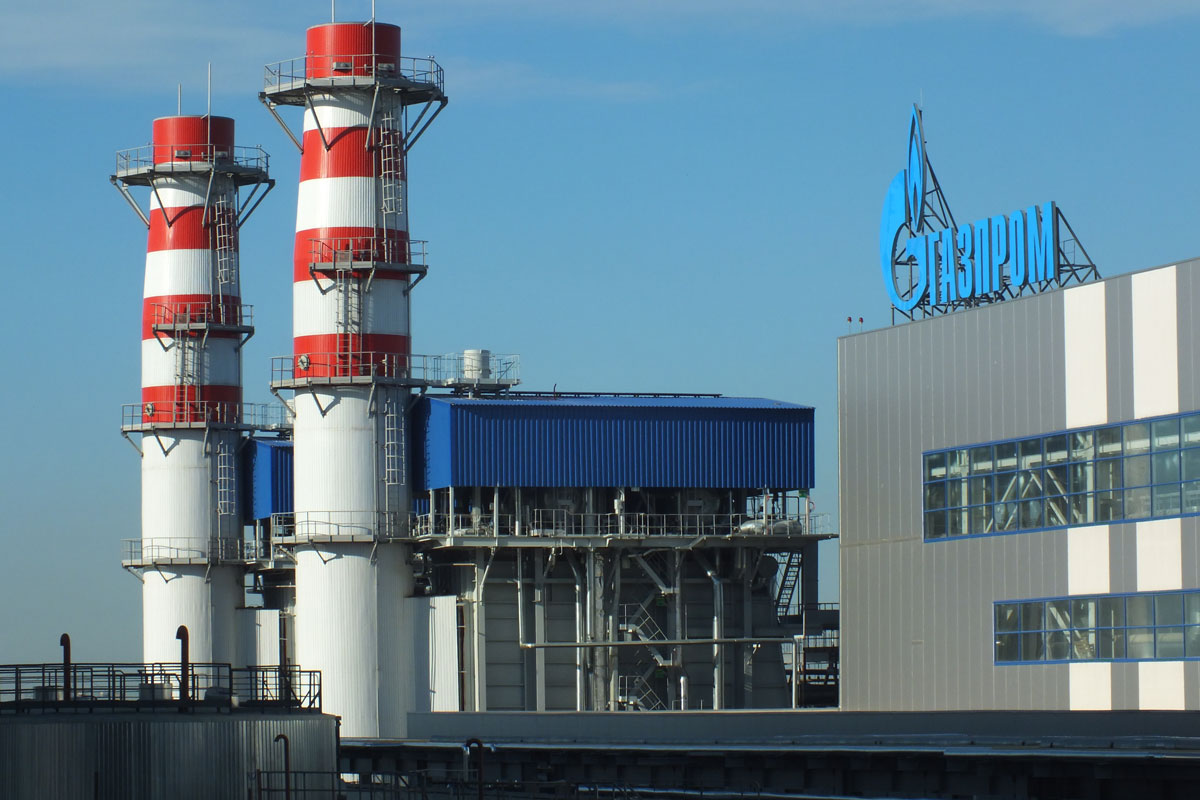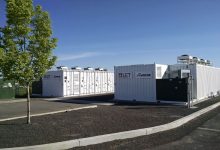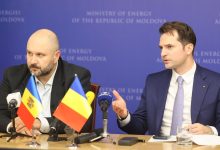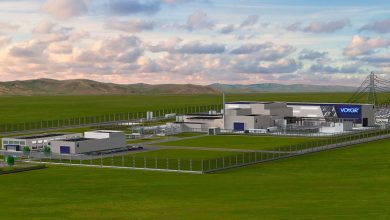Gazprom’s new power generation strategy
The Gazprom Management Committee recently approved the company’s power generation strategy for 2018–2027.
It was noted that by this date Gazprom had successfully created the largest vertically integrated power holding company in Russia.
The Gazprom Group is the leader of the Russian power market in terms of aggregate installed electric and thermal capacity. As of early 2017, the group’s generating assets totalled 40,249 MW of installed electric capacity and 68,028 Gcal/h of installed thermal capacity.
Gazprom accounts for about 17 per cent of all electric power generated in Russia.
The core assets in such areas as power and heat generation, heat transfer and marketing are consolidated in Gazprom Energoholding. The assets have the aggregate installed capacity of 38.8 GW. Gazprom Energoholding is one of Europe’s top ten power producers.
In 2016, the Gazprom Group produced 156.8 billion kWh of electricity and 125.6 million Gcal of heat in Russia.
Over the course of 2016, the Group generated 0.8 billion kWh of electric power abroad. Thus, Gazprom’s total electricity output in 2016 amounted to 157.6 billion kWh.
In 2016, the Gazprom Group sold 170.9 billion kWh of electricity and 99.7 million Gcal of heat, with the overall net revenue (exclusive of VAT) totalling RUB 481.7 billion.
The Group’s capital investments in power and heat production and marketing totalled RUB 63.5 billion in 2016.
The Gazprom Group is one of the largest investors in Russia’s power industry. Upon bringing the Grozny TPP into operation in 2018, Gazprom Energoholding will complete the ambitious investment program aimed at building new CSA-based generating capacities. Thus, Russia’s power generating assets will add a total of 8.9 GW as a result of CSA programs implemented by the Group in the period from 2007 through 2018, while the investment program will add up to about RUB 450 billion (including VAT).
Gazprom’s investment obligations under capacity supply agreements are nearly fulfilled, with 8.6 GW of new high-performance capacities brought into operation and 3.7 GW of inefficient generating facilities consequently decommissioned. Work is underway on the final CSA-based project – construction of the Grozny TPP. The Gazprom Energoholding Group is financially sustainable: in 2007–2017, its annual revenue growth averaged about 15 per cent.
A key strategic goal of the company’s power generation strategy for 2018–2027 is to achieve sustained profit growth while maintaining the reliability of energy supplies for consumers.
The strategy entails, inter alia, building and upgrading generating capacities, as well as decommissioning facilities that are no longer economically viable. Particular attention is paid to further improvements in operational effectiveness, technological development, and the use of import-substituting equipment. In addition, Gazprom is committed to diversifying its power business by entering promising markets in Russia and abroad.
The issue of Gazprom’s power generation strategy for 2018–2027 will be submitted for consideration by the Company’s Board of Directors.







